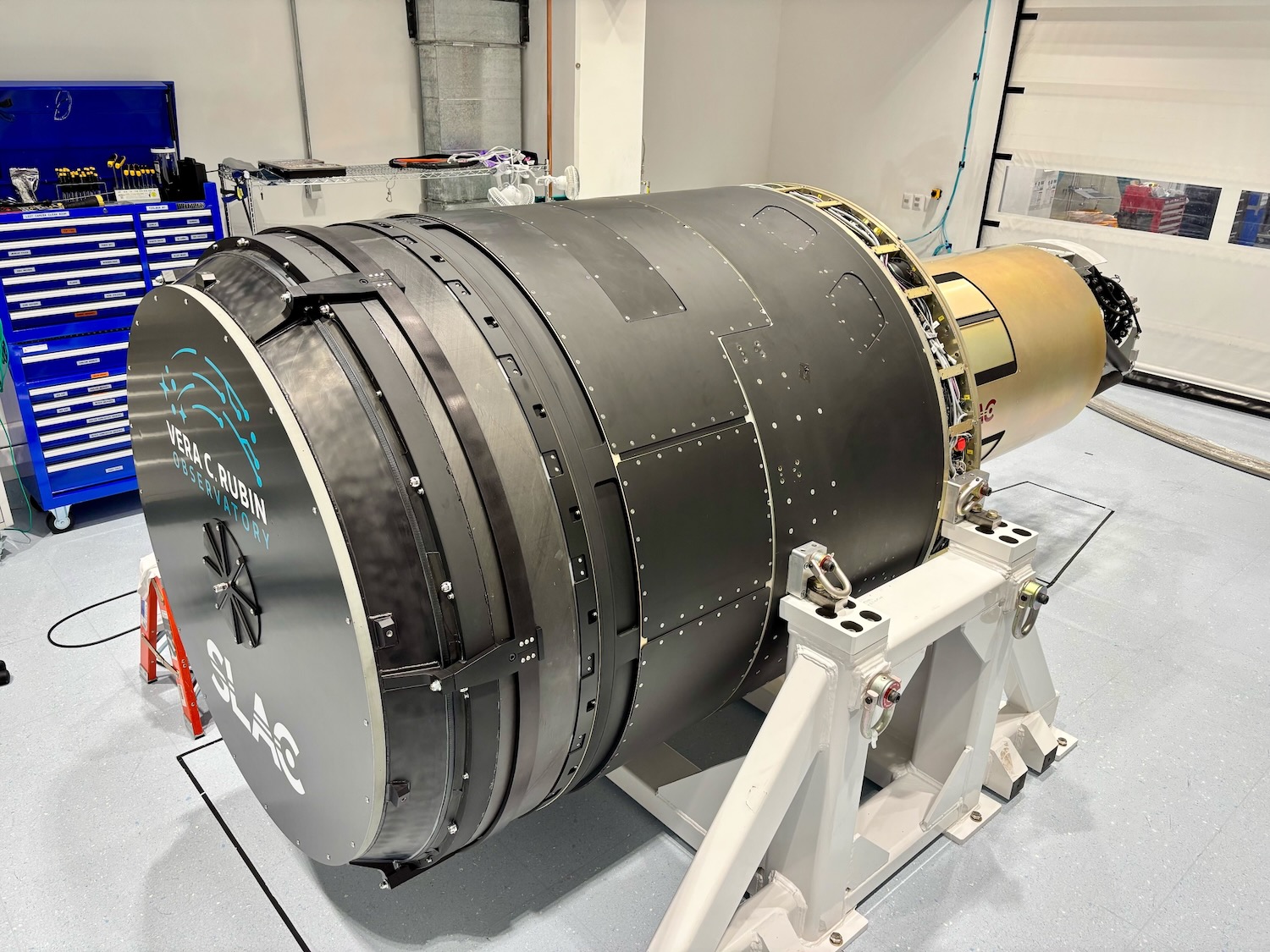The new Vera C Rubin Observatory – equipped with the world’s largest digital camera – has released its first astro images and they are stunning.
Nestled in the Chilean Andes, the observatory has an 8.4m telescope with a field of view seven times the size of a full moon.

The camera has a massive 3200-megapixel sensor and will be trained on the southern hemisphere skies to create the most complete image of the night sky.
One of the first images released by the Vera C Rubin observatory was of the neighbouring Trifid and Lagoon nebulae which are 5,200 and 9000 light years distant respectively.

Captured over the course of seven hours, the image is made up of 678 images that have been stitched to offer a level of detail never seen before in modern astronomy.
Also released were two images of the Virgo Cluster an array of galaxies that are up to 55 million light years away.

The observatory, named after astronomer Vera C Rubin who proved the existence of dark matter, will capture 20 terabytes of images every night when it goes into full operation.
Australia is one of several countries involved with the observatory’s development and they will be able to access the images and data it will generate.


